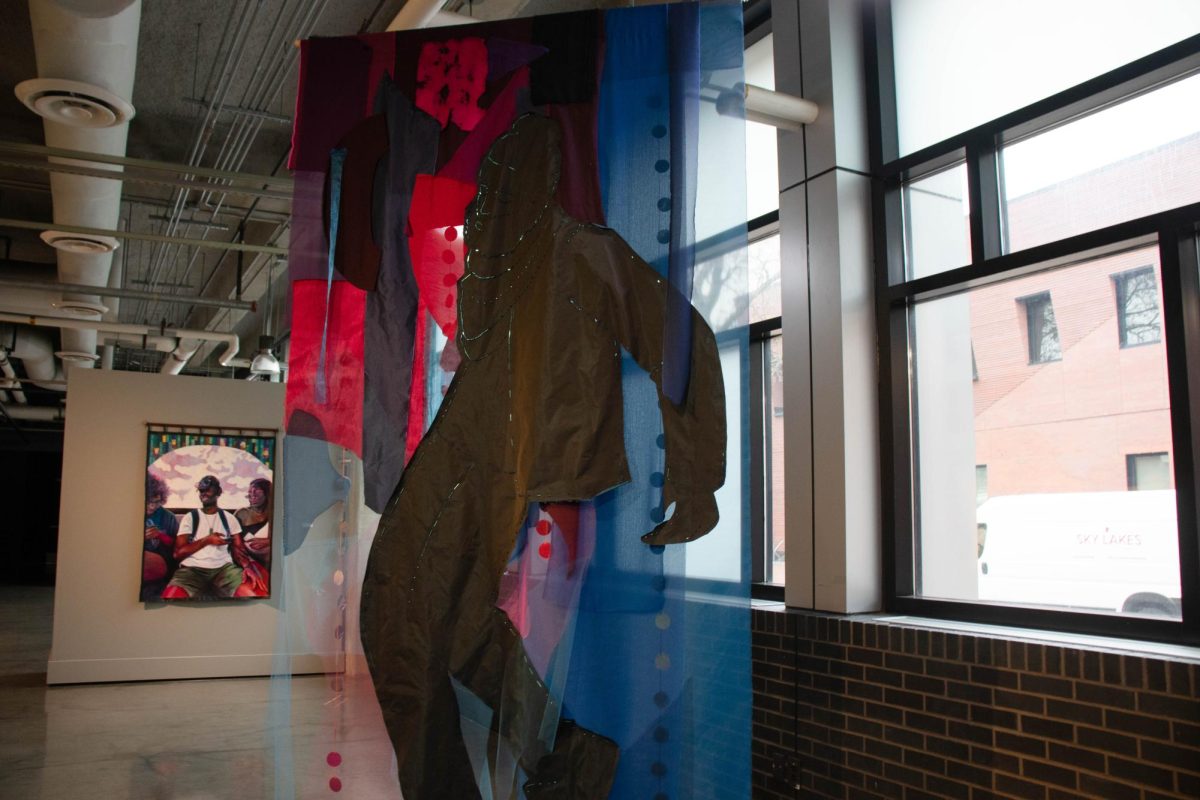WHAT: Looking into Likeness WHEN: Through March 7th WHERE: Weisman Art Museum TICKETS: Free On one of the giant white walls of the Weisman Art Museum there hangs a minimal white card that reads, âÄúIn the simplest sense, a portrait is a representation of an individual.âÄù It seems like a reductive statement, but it does capture the general conception regarding portraiture. Traditionally, we think of the portrait as a still frame focusing on the human face and conveying some sense of emotion or intrigue. Works in this vein have pervaded our culture through the ages, from Van Gogh âÄôs self-portrait to Leonardo da VinciâÄôs âÄúMona Lisa,âÄù and have become staples of popular art. But the WeismanâÄôs new gallery, âÄúLooking into Likeness ,âÄù attempts to convey the versatility of the genre, displaying an incredible selection of works that show how modern artists have stretched the boundaries of what is typically considered a portrait. There are a few traditional portraits within the collection, like ManetâÄôs cartoonish etching of Edgar Allan Poe and a pair of Andy Warhol silk-screens, including one of the infamous Marilyn Monroe pictures, but the large majority of works push the envelope thematically. As you enter the gallery you are met by a disturbing and hyper-detailed painting by Vesna Kittelson depicting the massacre of a Romanian town. The work is particularly distressing because it doesnâÄôt let you focus; ghostly figures seem to move as you do, and the pained, surreal faces jut out from the canvas, giving the impression of art blending into reality. Moving down the gallery, you find a massive portrait by Alain Pino Hernandez , titled âÄúAriadano.âÄù Upon first glance, it appears to be a picture of a young man, but the subject is in fact a woman. The subject of the picture has Pat -like ambiguity, boggling the mind and forcing close examination for all the curious cats out there. Among the ranks lie a couple portraits by Harry Sternberg depicting other artists with their own styles. He paints Philip Evergood surrounded by characters from the manâÄôs various works and illustrates Salvador Dali into a surreal dream world where shape and distance are skewed and DaliâÄôs naked arm pierces his own heart to paint on a melting tablet. One of the more intriguing pieces is Chuck CloseâÄôs âÄúRobert/Square Fingerprint II,âÄù which was created by using CloseâÄôs own fingerprints, stamp ink and penciling to make a pixilated double-portrait of the mysterious Robert and Close himself. But the most unique work is by University of Minnesota alumnus R. Justin Stewart, whose work is labeled âÄúself-portrait (Oct. 7 to Nov. 6 .âÄù) The âÄúportrait,âÄù which spans three of the WeismanâÄôs walls, is a series of 31 congruent square prints. Each square has a small white line on a blue backdrop mapping StewartâÄôs daily bus activity. The darkness of the blue hue represents the volume of his use, and the white etchings show how recurring activities can be considered defining factors of the self. Such existential questions are prevalent in all the works in the collection. Each and every piece delves into the essence of the individual and the perceptions of others. The eclectic array of pieces present at the Weisman offers both the novice art-voyeur and the expert-critic the means to destroy their conceptions of portraiture and expand their own senses of self.
Face/Off
The powerful Weisman exhibition “Looking into Likeness” tests the limits of the portrait
Published January 29, 2009
0
More to Discover







